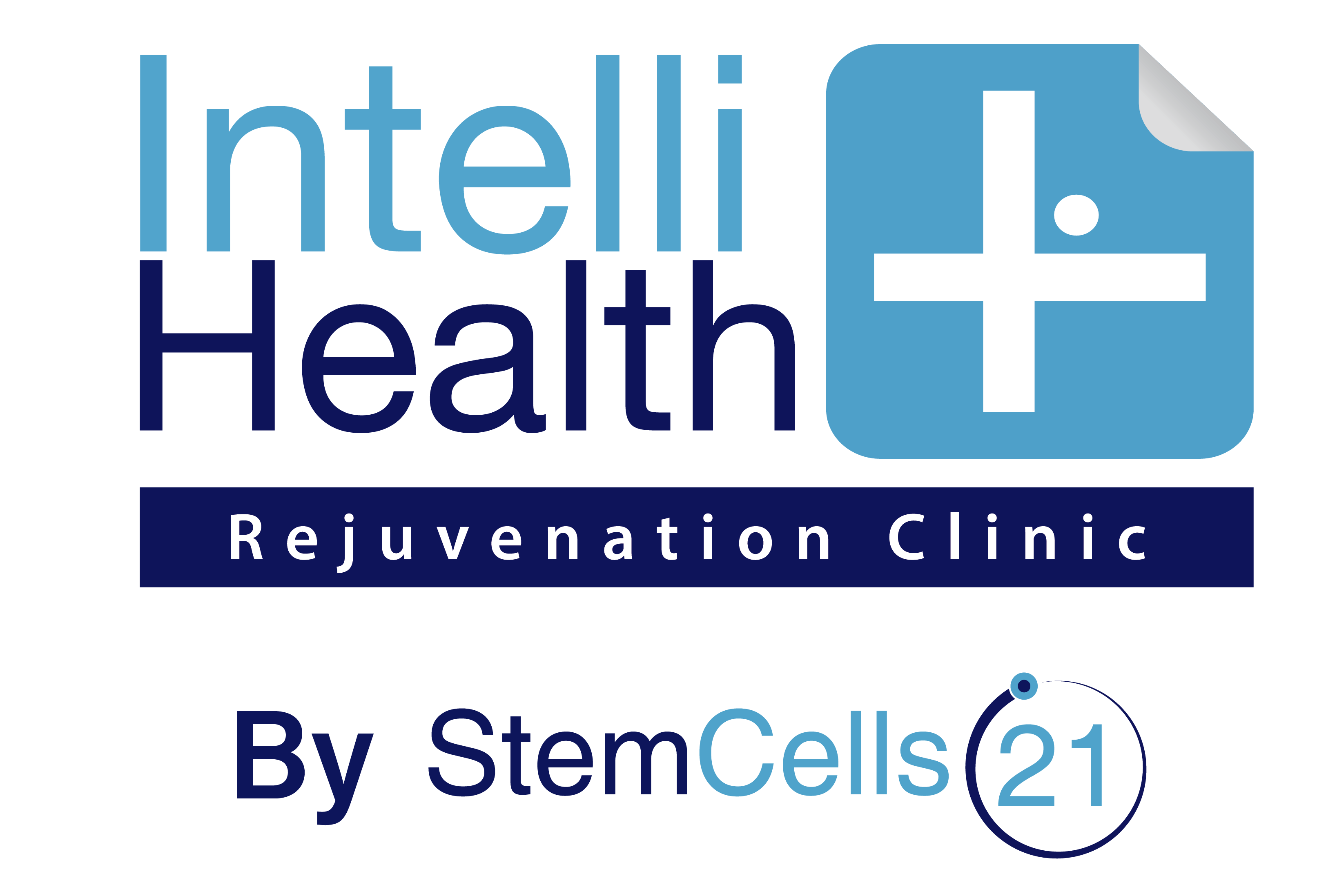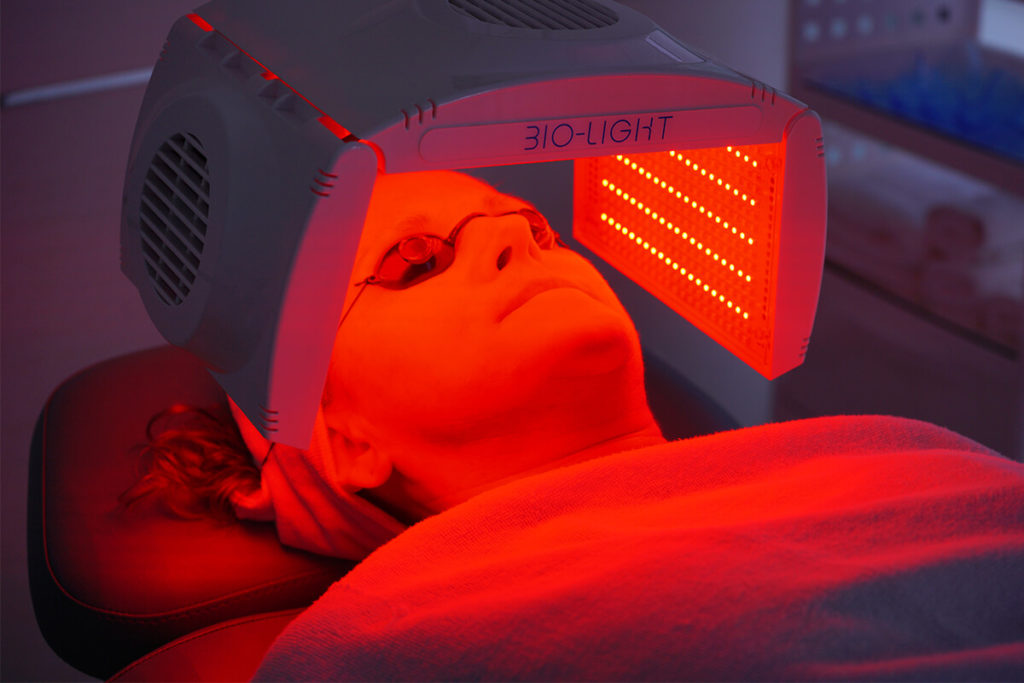PDT Skin Rejuvenation
PDT Skin Rejuvenation is the interaction of light, delivered through Light Emitting Diodes (LEDs), to activate cell receptors causing them to produce collagen or multiply. One of the original applications for LEDs was PhotoDynamic Therapy (PDT), using photo-activated creams for the treatment of actinic keratosis and pre-cancerous lesions.
How are LEDs different from Laser and Intense Pulsed Light (IPL) therapy?
Other light-based skin therapies including intense pulsed light and laser treatments rely on thermal injury to the skin’s collagen, water or blood vessels to create changes in the skin appearance. PDT Skin Rejuvenation does not rely on thermal energy and the related tissue trauma to effect change. Therefore, patients are not subject to the variables associated with wound healing.
How does PDT Skin Rejuvenation work?
LEDs offer a totally natural, non-ablative method for skin rejuvenation. The light from the LEDs interacts with cells and stimulates them to produce new collagen and elastin. Studies confirm that the same LED energy can be used to inhibit collagen formation, which can be helpful in the treatment of scars. By manipulating the wavelengths, cells can be turned on and off. Yellow light LEDs are used for photo-rejuvenation. Blue light LEDs are used in the treatment of acne. Red light LEDs are used for PhotoDynamic therapy.

What are the benefits of PDT Skin Rejuvenation?
Treatments are less expensive than other light based therapies. The main benefit is a reduction in the appearance of fine lines, wrinkles, freckles, brown spots, scars and the amount of redness. In addition, the treatments are pain free with no downtime at all.
PDT Skin Rejuvenation
Types of specific light source for clinical treatment





